Rare Rides: The 1967 Hino Contessa 1300S, Rear-engine Blip on the Radar

Hino is a well-known producer of commercial vehicles today and has been in the commercial truck market since World War II. But for a short while in the Sixties, they built their own rear-engine passenger car.
Say hello to Contessa.
The Contessa traced its roots back to the Renault 4CV. Produced between 1947 and 1961, Renault produced over a million examples of its small family four-door. Aside from its French production location, the 4CV was built under license in Spain, Australia, and Japan.
Japanese production started in 1953, and the 4CV was assembled under license by Hino as the Hino Renault 4CV. The company’s first passenger car, Hino kept building the Renault until its cancellation in 1961. Toward the end of the 4CV’s life, the people at Hino realized they didn’t want to stop producing a passenger car, and set their engineers to work.
When the 4CV ended production, the rear-engine Contessa 900 was ready to take its place at Hino dealerships. Hino re-engineered the 4CV and gave it a larger wheelbase, and a longer and wider body with updated styling for the Sixties. Unlike its Renault-designed predecessor, the additional size meant the Contessa seated five instead of four and was much more desirable as a family sedan. Also available was the upscale looking Contessa Sprint, a two-door coupe. The Contessa was powered by an 893-cc inline-four engine that was a larger derivation of Renault’s 4CV mill. 35 horsepower made for an (eventual) top speed of 68 miles per hour. Originally the transmission was a three-speed on the tree, which was later swapped for a four-speed with a Hino-designed electromagnetic clutch.
Contessa existed in its first generation through 1964, when a new 1300 model took its place. Larger and more powerful than its predecessor, it also wore a new body designed by Giovanni Michelotti. Aside from new styling, the most important change to Contessa was its engine. Now, the car was powered by a 1.3-liter inline-four developed by Hino. A revised Sprint coupe followed the sedan with an introduction in 1965. This time, the Sprint had a performance edge over the sedan: Higher compression in the Sprint’s engine meant a jump in horsepower from 54 to 64.
The Contessa 1300 remained in production through 1966, at which point the company fell under Toyota’s ownership umbrella. Not fond of small car competition, Contessa production was halted by March 1967. A few more Contessas were assembled through 1968 and 1969, as Toyota used up remaining body shells and utilized on-hand Toyota parts when Hino part supplies ran out. Hino would never again produce a passenger car.
Today’s Rare Ride is from the end of Contessa production, a 1967 example. Its series of owners have included a Hino dealer, the Hino factory, as well as a museum. In 54 years it’s traveled 1,708 miles. Yours in New Zealand for $21,459.
[Image: Hino]

Interested in lots of cars and their various historical contexts. Started writing articles for TTAC in late 2016, when my first posts were QOTDs. From there I started a few new series like Rare Rides, Buy/Drive/Burn, Abandoned History, and most recently Rare Rides Icons. Operating from a home base in Cincinnati, Ohio, a relative auto journalist dead zone. Many of my articles are prompted by something I'll see on social media that sparks my interest and causes me to research. Finding articles and information from the early days of the internet and beyond that covers the little details lost to time: trim packages, color and wheel choices, interior fabrics. Beyond those, I'm fascinated by automotive industry experiments, both failures and successes. Lately I've taken an interest in AI, and generating "what if" type images for car models long dead. Reincarnating a modern Toyota Paseo, Lincoln Mark IX, or Isuzu Trooper through a text prompt is fun. Fun to post them on Twitter too, and watch people overreact. To that end, the social media I use most is Twitter, @CoreyLewis86. I also contribute pieces for Forbes Wheels and Forbes Home.
More by Corey Lewis
Latest Car Reviews
Read moreLatest Product Reviews
Read moreRecent Comments
- FreedMike Cheap, fun car. I like it. For what it's worth, good examples of the first-gen models (based on the original Golf) have become collectible and expensive.
- Ajla I won't rank them because there are too many permutations but if I was actually shopping them odds are high I'd end up with some flavor of Corolla over some flavor of Civic.
- SCE to AUX He got sick of the commute, and the hassle of being 4 time zones away. Maybe it was mutual.
- FreedMike Civic for the win based on looks. But continuing with the "but...Mazda" theme, I take a 3 over either of these.
- Buickman HI-LOW?



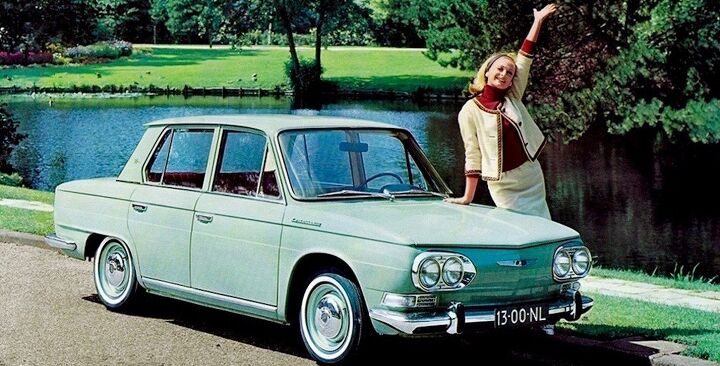













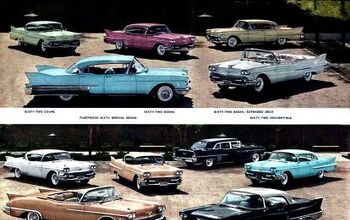
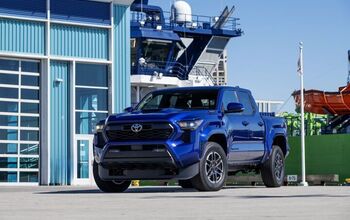

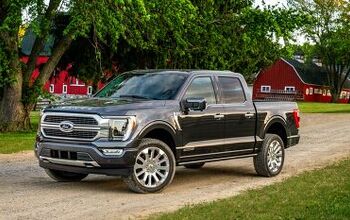
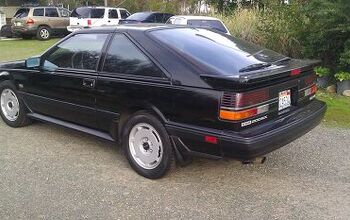
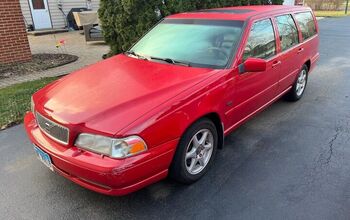
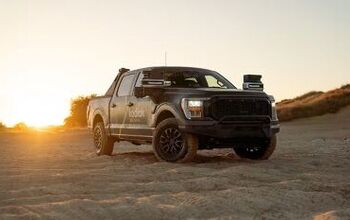
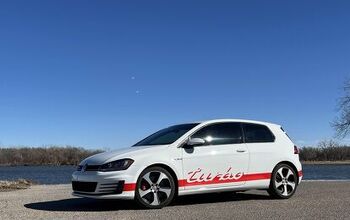


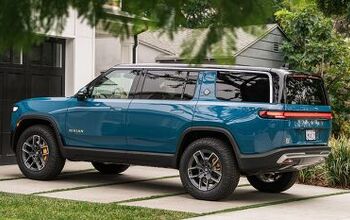
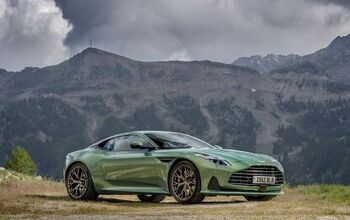

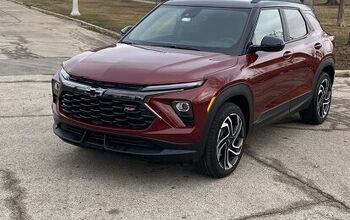

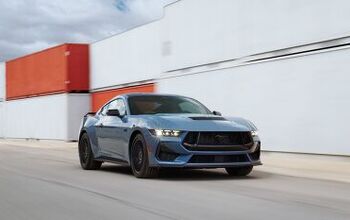

Comments
Join the conversation
Man, I know this is small car but she seems to be towering over it in this photo and like she would awkwardly fill any of the positions in the car if she sat in them. Maybe because I just came from the previous article where the womans shoulder barely made the top of the wheel arch.
Why hasn't anyone here mentioned the similarities to the Hillman Imp?